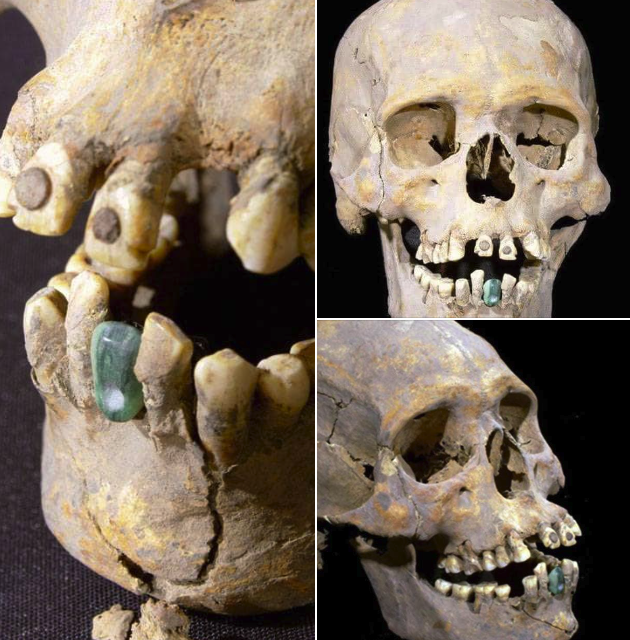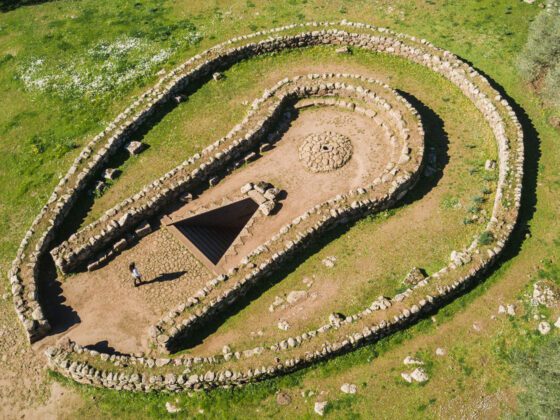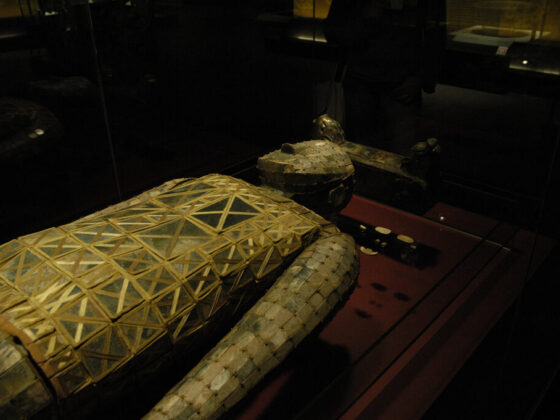The ancient Maya practiced a remarkable form of dental modification that involved embedding precious stones directly into their teeth. Archaeological evidence reveals that during the Classic period (200-900 CE), skilled artisans would carefully drill small holes in teeth and insert gemstones such as jade, turquoise, and pyrite.
These dental modifications were far more than simple decorative practices. They represented complex social and cultural signifiers, indicating an individual’s status, lineage, and potentially their role within Maya society. The green jade stones, in particular, were especially prized and symbolized important cultural meanings related to prosperity and social standing.
The technical skill required for these modifications was significant. Maya craftsmen used tools to create precise holes in teeth, then secured the gemstones using plant-based resins that also provided some antibacterial protection. The process was intricate and likely performed by specialized practitioners who understood both the aesthetic and practical considerations of dental modification.










